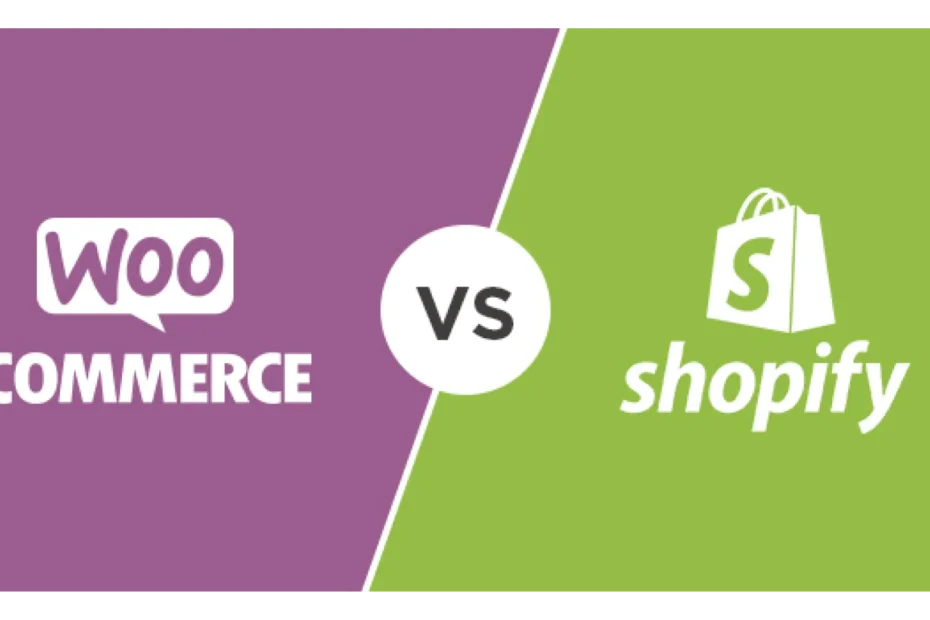Choosing the right e-commerce platform is a foundational decision for any online store project. A hosted solution like Shopify offers speed and simplicity, while an embedded solution such as WooCommerce on WordPress provides total control and flexibility. In this post we compare both approaches across five key dimensions—setup, cost, customization, extensions and data ownership, to help you determine which platform aligns best with your project goals and technical skills.
When time to market is critical, Shopify shines. Signing up for a Shopify account takes less than ten minutes. You select a theme from the Shopify Theme Store, upload your logo and add products through the intuitive admin interface. All hosting, security updates and performance optimizations are handled by Shopify behind the scenes. Payment gateways such as Shopify Payments, PayPal and Stripe integrate with a few clicks. Even nontechnical users can launch a full store without writing code. This rapid deployment makes Shopify ideal for proof-of-concept demos and class projects where deadlines matter most.
By contrast, WooCommerce requires a WordPress installation on a separate hosting account. You install WordPress, choose a compatible theme and then add the free WooCommerce plugin. Initial configuration involves setting up payment methods, shipping zones and tax rates. While the process can take one to two hours for newcomers, it also provides a hands-on learning experience in core web technologies. You gain familiarity with cPanel or your host’s dashboard, learn how to manage SSL certificates and become comfortable navigating the WordPress admin area. This additional setup time can pay dividends when you need to troubleshoot or extend functionality later.
Cost considerations often sway the decision. Shopify’s Basic plan starts at $29 per month plus transaction fees of 2.9% plus 30 cents per sale when using Shopify Payments. Third-party payment gateways incur higher fees. Each premium app adds a monthly charge that can range from $5 to $50 or more. Over a year, a small store can spend several hundred dollars on subscriptions alone. WooCommerce itself is free. You pay only for hosting, which can range from $5 to $30 per month depending on traffic and performance needs. Most essential extensions—such as advanced shipping calculators or subscriptions are available as one-time purchases or low-cost annual licenses. As a result, a WooCommerce store can run on a tighter budget without compromising features.
Customization is another crucial factor. Shopify uses its Liquid templating language and restricts direct access to core code. Theme edits happen in the built-in code editor or via the Shopify CLI for developers. Customizations beyond what the theme allows often require hiring a Shopify expert. WooCommerce’s open-source nature gives you unrestricted access to PHP templates, CSS styles and WordPress hooks. You can add custom checkout fields, integrate third-party APIs or build bespoke product configurators. For students or developers who enjoy coding, WooCommerce offers a sandbox to experiment and learn without vendor limitations.
Both platforms boast robust extension ecosystems. Shopify’s App Store features thousands of apps covering marketing, analytics, loyalty programs and more. Many apps offer free plans or trials, though full functionality often requires paid tiers. The WooCommerce marketplace and WordPress plugin repository combine to provide tens of thousands of free and premium plugins. From SEO optimization to email marketing automation and social proof pop-ups, you can assemble a feature-rich store without paying per app in most cases.
Data ownership and portability represent the final comparison point. With Shopify, your store data resides on Shopify’s servers and export options are limited to CSV files for products, customers and orders. Migrating to another host can be cumbersome and may require manual data adjustments. WooCommerce stores all data in your WordPress database. You control backups, migrations and full site exports with native tools or plugins such as All-in-One WP Migration. Complete data ownership reduces vendor lock-in and simplifies compliance with data export requests.
Conclusion
Shopify is perfect for projects requiring rapid launch, minimal technical overhead and reliable hosting. WooCommerce is best suited for those who want full control over their site, enjoy customizing code and seek lower ongoing costs. By weighing setup time, monthly expenses, customization needs, extension availability and data control, you can select the e-commerce solution that supports your project’s scope and learning objectives.
